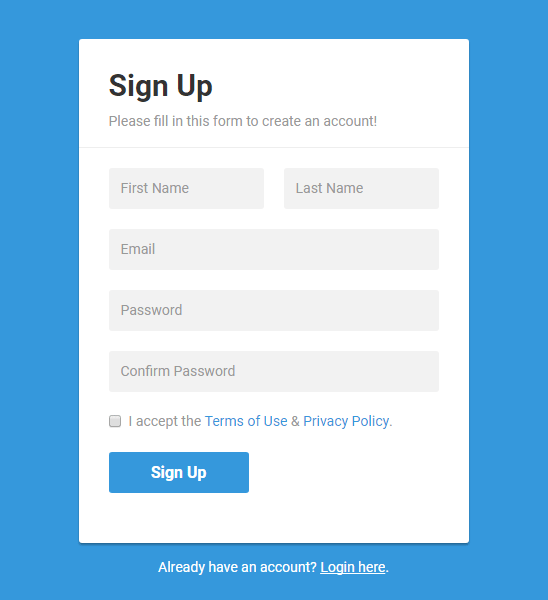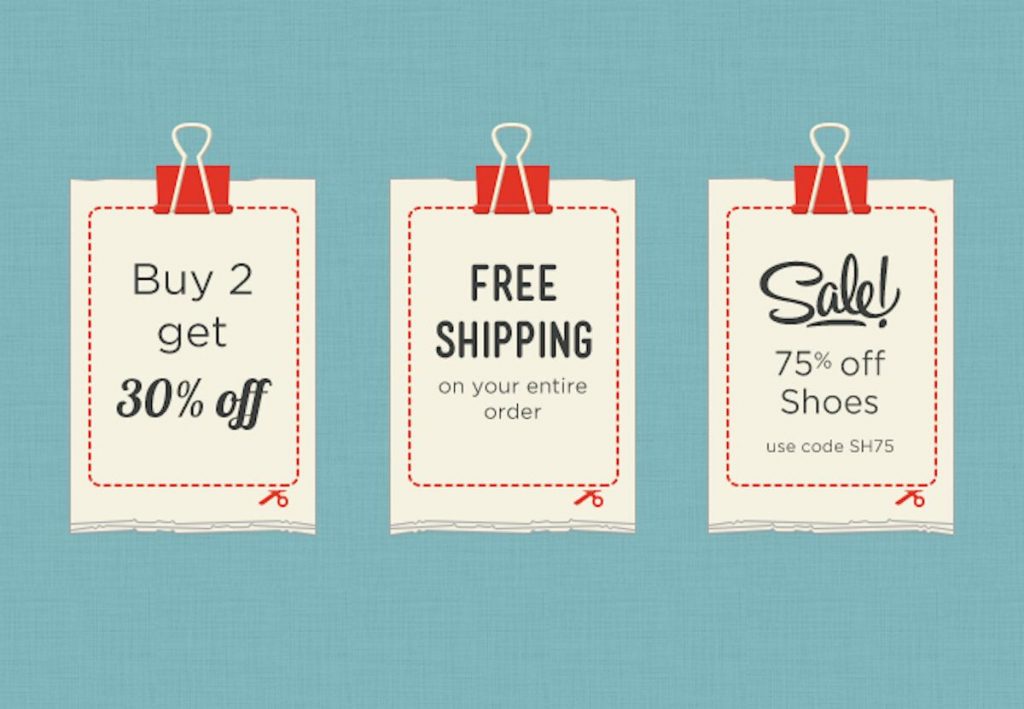17 Dec

Email is one of the most effective methods for cultivating long term relationships with customers. It has one of the highest ROIs across online marketing channels, especially when used in sequential with social and search.
Plus, email provides greater visibility compared with fleeting tweets and the fractured attention spans on Facebook.
But the most important question is how can you take advantage of email’s best features to grow your audience and generate more leads and sales?
Tips To Grow Your Email Audience
For faster growth, you need to clearly communicate the value and offer your users multiple opportunities to join your email newsletter before they leave your site.
Let’s have a look at tested and proven ways to grow your email list that are easy to implement and drive huge results, fast.
1. Get them to sign up
Though it sounds obvious as the first step, yet it’s not that straightforward to approach. Many of the companies implement this but still they don’t see any result. Hence, if you want to create successful sign-up forms that work to gain and convert leads, then make sure to:
- Embed your forms on the right channels, without forcing it. Sign up forms can be found on left, right and center all you have to do is to find the appropriate approach and make sure that you’re targeting relevant, valuable leads.
- Customize your forms according to your brand for giving customers a unique interacting experience.
- Create excellent calls-to-action that attract people to sign up.
- Make your forms easy to fill in. You don’t need to know everything about them just yet, so get the information you need immediately, and let them carry on with what they were doing on your page.

2. Stay in their inbox
Once they sign up to your form, you need to keep their attention hooked – be sure to:
- Send a warm welcome once they’ve hit send. Not only does it verify that they’ve subscribed successfully, but it also introduces your voice to their inbox and sets expectations about what they will be receiving from you in terms of content and frequency.
- Create a unified brand experience with your messages. You have to be cohesive with what you’re saying and how you’re saying it.
- Integrate your campaigns. If you’re running a sale on your ecommerce store, you’re going to spread the word on more than one platform. Or if you’re alerting someone on your website that they’ve abandoned the cart, you’ll want to remind them of it a little later when you see they haven’t returned.
3. Keep them educated
Your email is the one place where lengthy content is still accepted and appreciated. An inbox is a personal space where users don’t have followers looking over and counting their every action. Use this opportunity for consumers to relax and really dig into the knowledge and insight you have to share:
- Inform your customers on upcoming products, changes in the company or relevant industry news. You’re most likely sharing this sort of information on social media as well, but we know how distracted people are when they’re doing a routine Facebook or Instagram scroll-through.
- Use customer education as a strategy to create confidence and build trust in your brand and its products – especially if you’re launching anything new. Sharing downloadable guidelines or useful advice is also an extremely popular way to retain consumer engagement and build loyal customers.
- Ask them questions about what they would like to know, or hear more about. Not every email has to be sent from a no-reply address. This is the true test of engagement, and will help you surface the most valuable insight on the consumer’s mind.
4. Run Giveaway and Contests
An easy way to get lots of followers and subscribers is by running a viral giveaway or contest. You don’t need an expensive prize to launch a successful giveaway campaign. Users can join your contest by providing their email address, social sharing, or following you on social media. This helps you reach many new users.
5. Offer Discount and Deals
Discount or exclusive coupon encourages a customer to finally make a decision. Therefore, why not use this opportunity to push them into joining your email list? Offering a discount on goods or services is an effective way to bring in subscribers. If you always provide an offer, your subscribers will learn to expect it.

6. Provide a top-notch user experience
Often, visitors don’t subscribe because the user experience (UX) doesn’t work for them. Signup pages that ask too many questions, are slow to load or hard to reach. And in this competitive marketplace, it doesn’t take much to induce people to seek a competitor with a better UX.
To make your UX as smooth as possible:
- Make sure that your links work. Check that the certain links work correctly and take users to the right place. People won’t search the relevant page if the link is broken.
- Enable auto fill. Most form or signup formats come with auto fill. But if it’s optional, enable it. The less effort required to subscribe, the more likely people are to do so.
- Start by asking for a small amount of data. Ask only for the data you really need at first. A form that asks too many questions will take too long for many people, and they won’t subscribe.
The key takeaway in creating your signup form is to reduce the number of hoops a customer has to jump through. It should be as smooth and easy for contacts to join your audience as possible.
7. Transparency and quality
There’s a fine line between a smooth UX and cyber-safety, but it’s worth finding. The modern consumer knows how valuable their data is, and they’ll share it with businesses that safeguard it responsibly. This means putting in appropriate cyber security protocols and informing potential subscribers about these measures.
It also means being completely transparent about where the data will be stored, how it will be protected, and how it will be used. Include a link to your privacy policy on your signup form or any page that asks for someone’s email address.
This leads to ensure that you capture quality data. No one wants to build an audience full of invalid email addresses. For this reason, you can also activate a double opt-in procedure to all signups, which involves asking your subscribers to validate their email address before they are officially added to your audience.
By activating this approach, the email address is also tested to ensure it is correct and valid. If the subscriber doesn’t validate their address, it could be that they changed their mind or the email address doesn’t exist.
Wrap up
Building an email list doesn’t have to be hard. Relevance, value, visibility, and consent are all key to growing an audience.
Getting subscribers is the easiest part of email marketing. It’s what you do with those subscribers afterward that really counts. Your list will be a permanent, ever-growing asset for your business if you use it correctly.
Make sure you’ve been doing it right from the start, and that you’re patching up all the gaps from now on.
